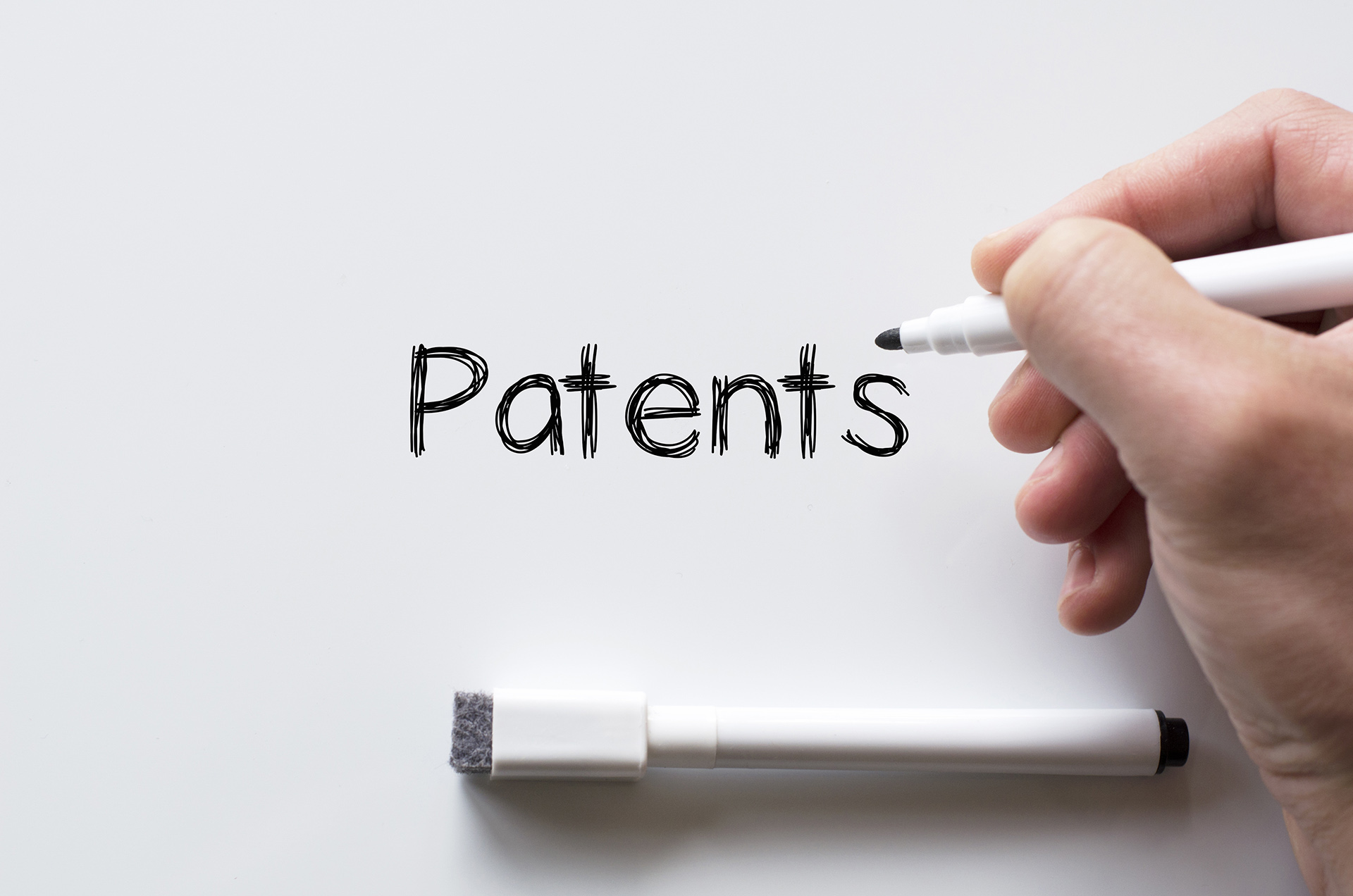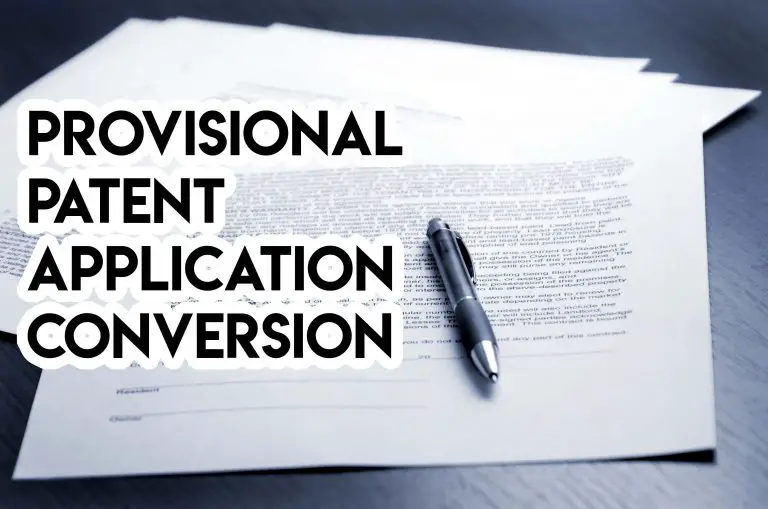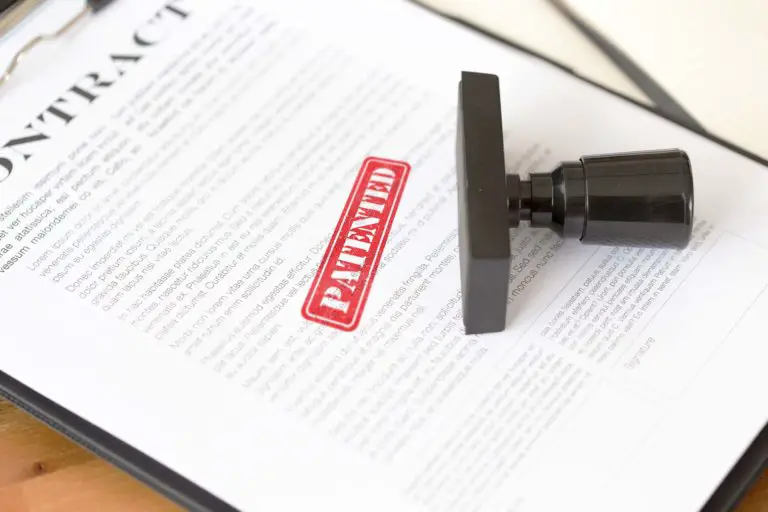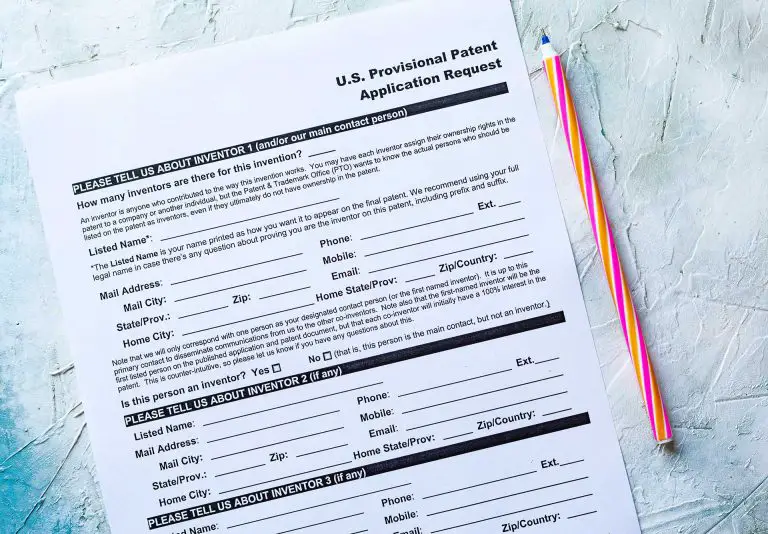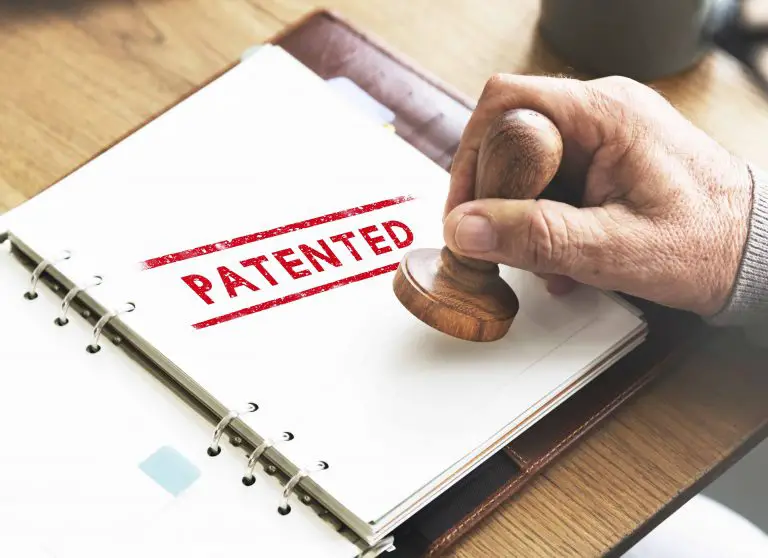What Are Utility Patents?
Whether you’re an inventor who wants to protect his invention or you’re just interested in learning what a utility patent is, you’ve come to the right spot. The USPTO (United States Patent and Trademark Office) offers inventors the ability to protect their invention by obtaining a patent on them. So, what are utility patents? We will cover this below.
What Are Utility Patents?
Utility patents are an intellectual property right that allows patent holders to restrict others from using, making, selling, offering to sell, and importing his patented invention to the United States for a limited period of time. Utility patents last for 20 years from the date an inventor files his utility patent application with the patent office.
A utility patent can be acquired by an inventor who has created a new machine, invention, process, or composition of matter. Said differently, a utility patent can be obtained to protect how a product works and how it’s used by the end-user.
Once a utility patent application is approved or granted by the USPTO, an inventor can stop others from using, making, and selling the patented invention or product.
An inventor does not have the right to control who uses, makes, and sells his invention until the patent office grants his patent application. While a patent application is pending at the patent office, an applicant cannot sue anyone for patent infringement.
Utility patents are a very important form of intellectual property rights that offer inventors tremendous protection and control over their invention. They allow inventors to exclusively profit from their invention by excluding others from making and selling the patented invention.
That said, obtaining a utility patent can cost a lot of money. A simple straightforward utility patent for a simple invention could cost anywhere from $8,000 to $15,000, with more complex inventions costing more than $15,000 to patent.
How to Get a Utility Patent For an Invention?
For an inventor to get a utility patent for his invention, he must prepare and file a utility patent application with the USPTO. Prior to preparing a patent application, an inventor must be able to describe how his invention works, as well as how his invention can be used by the end-user.
Also, an inventor cannot patent an invention or machine that has been patented by others or has been disclosed to the public. As such, an inventor must conduct a prior art search to determine that his invention is new and has never been patented or publicly disclosed.
It’s critical to conduct a prior art search prior to preparing and filing a patent application. It’s critical because patenting an invention costs a lot of money and if you find that someone else has already patented the same invention, it’s not worth pursuing a patent because the patent office will reject your patent application if someone else has already patented the same invention.
That said, if your prior art search does turn up inventions that are similar to yours, you can proceed by patenting your invention by either filing a provisional patent application or filing a regular, nonprovisional utility patent application.
Although the patent office allows inventors to patent their own invention, they do recommend that applicants without experience patenting an invention hire an attorney to assist them with preparing their patent application, filing it, and prosecuting it.
After preparing a utility patent application, what should inventors do?
After preparing a utility patent application, an inventor needs to file his application with the patent office. When filing a patent application, an inventor must pay the patent office filing fees, patent search fees, and patent examination fees.
To obtain a utility patent, an inventor must be able to explain these two things in his patent application. Although an inventor does not need to have a working prototype of his invention to patent it, he must be able to describe in much detail how to make his invention and how to use it.
What Do Utility Patents Protect?
Utility patents protect the functional aspects of a new machine, invention, process, or composition of matter. Said differently, utility patents protect how an invention works and how an invention is used by consumers or others.
Utility patents allow inventors to restrict others from using, making, selling, offering to sell, and importing the patented invention to the United States for a limited period of time. Utility patents grant inventors this right for 20 years, starting from the moment an inventor files his utility patent application with the patent office.
The great thing about utility patents is that they protect how an invention works or how it achieves its desired result. This means that if someone else creates an invention that looks different from an inventor’s invention but internally works the same way or uses the same steps to achieve the desired outcome, a patent holder will still be able to stop that party from using, making, and selling that product or invention.
That said, it is a patent holder’s job to look for bad actors who are using, making, or selling his patented invention without his express permission and asking them to stop using it. The patent office only grants patent rights, it does not enforce them, instead, it’s the patent holder’s job to enforce his rights.
If an inventor finds someone who is making unauthorized use of his invention, he can send them a cease and desist letter, asking them to stop the infringing use of his invention.
If the party does not stop its unauthorized use, the patent holder can bring a lawsuit against the bad actor in Federal District Court for patent infringement.
If the patent holder is successful in his lawsuit against the bad actor, he may be able to obtain an injunction to stop the infringer from using, making, and selling the patented invention. In some circumstances, inventors can even obtain monetary damages for any losses the patent holder sustained as a result of the bad actor’s infringement.
How Long Do Utility Patents Last?
Utility patents last for 20 years from the date an applicant applies for a utility patent application. If an inventor files a regular, nonprovisional patent application, the patent term starts from the date an inventor files his nonprovisional utility patent application.
On the other hand, if an inventor files a provisional patent application and then files a nonprovisional patent application that claims the benefit of an earlier-filed provisional patent application, an invention will have a priority date of provisional application and the patent term would start from the date of filing the nonprovisional utility patent application. This effectively offers a patent term of 21 years.
For example, if an inventor files a provisional patent application on January 1, 2019, and files a nonprovisional patent application that claims the earlier filing date of the provisional patent application on January 1, 2020. The patent term would be 20 years and the patent would expire on January 1, 2040. The patent term begins at the time of filing the nonprovisional patent application.
Note: If an inventor chooses to file a provisional application, he should know that a provisional application can never turn into a granted patent, meaning that for an inventor to obtain a patent, he must file a regular, nonprovisional patent application that relates to an earlier-filed provisional application.
A nonprovisional patent application must be filed within 12 months of filing a provisional application. If a nonprovisional application is not filed within the 12 month grace period, a provisional application will be deemed to have been abandoned and the application will lose the early filing date obtain by the provisional application.
Can a Utility Patent Be Renewed After It Expires?
A utility patent cannot be renewed after it expires. Once a patent expires because the patent term has ended, it cannot be renewed. At this expiration of the patent term, the patented invention falls into the public domain, meaning that anyone can use, make, and sell the patented invention without having to obtain the patent holder’s permission to do so.
Inventors often seek to prolong their monopoly over an invention by coming up with improvements to their existing invention and patenting those improvements. That patent office allows inventors to patent improvements to an invention so long as some requirements are met.
For example, if an inventor had a patent on a chair for 20 years and the patent expired, the inventor may be able to obtain an improvement to such an invention, such as developing a rocking chair.
In this example, while an inventor may have an improvement patent for a rocking chair, he can only stop others from making a rocking chair but he cannot stop others from making a regular chair that was once patented.
What is the Difference Between a Utility Patent and a Design Patent?
The difference between a utility patent and a design patent is that a utility patent protects how an invention works and how it’s used by others, whereas a design patent protects how an invention looks or its appearance.
For example, if you have a pair of nail clippers, a utility patent can be obtained to protect how the nail clippers work and how a person uses the nail clippers to clips his nails.
In this example, a design patent may be obtained to protect how the nail clippers look, but to obtain a design patent over the appearance of nail clippers, the nail clippers must have a new and unique appearance that no other nail clippers have.
Design patents cannot be used to protect the functional aspects of the nail clippers because design patents can only be used to protect purely aesthetic aspects of nail clippers.
How Much Does it Cost to Obtain a Utility Patent?
Obtaining a utility patent on a simple and straightforward invention usually costs anywhere between $8,000 and $15,000, depending on the complexity of the invention you’re seeking to patent, as well as the geographical location of your attorney. Attorneys in different places charge different amounts.
If you can’t afford an attorney, you should consider hiring a patent agent to assist you with the preparation of your utility patent application, filing it with the patent office, and prosecuting for you. Patents agents are qualified and licensed by the patent office to assist inventors with patenting their inventions.
What is a Utility Patent?
At this point, you should know that a utility patent is an intellectual property right that is granted to inventors who create new inventions, machines, processes, and patent them with the patent office. A utility patent allows patent holders to control who uses, makes, sells, and imports the patented invention to the United States. A utility patent lasts for 20 years from the date an inventor files his patent application with the patent office. That said, once a utility patent expires, the patented invention falls into the public domain, allowing the public to use, make, and sell the once patented invention. If you have any general questions or comments, please feel free to leave them in the comments section below.

